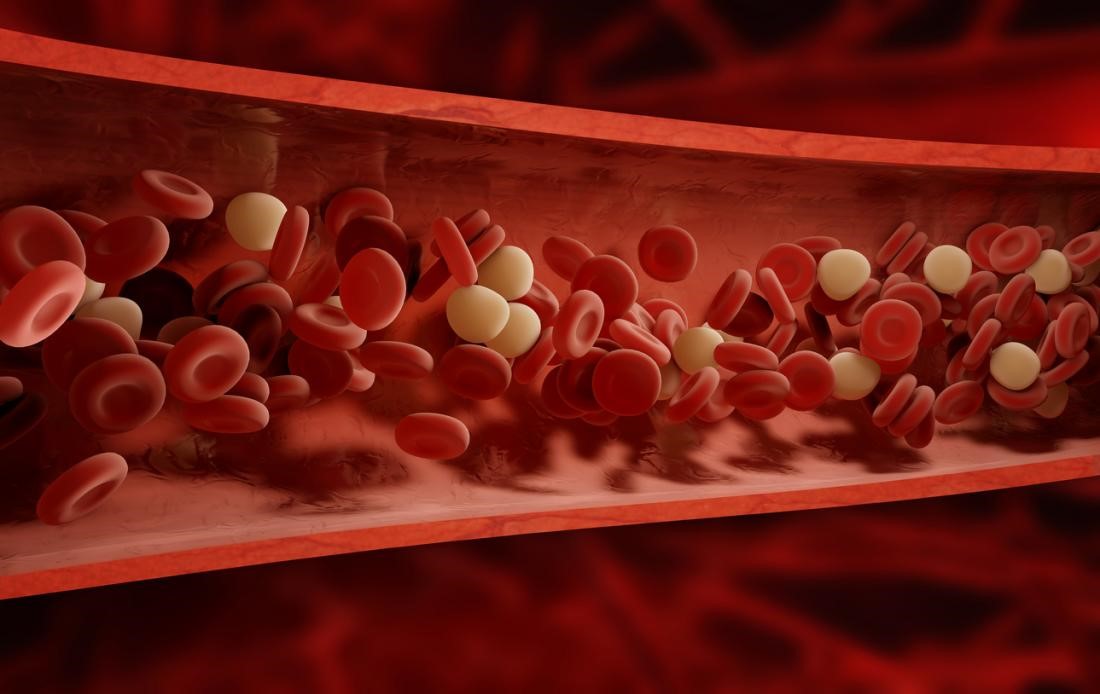Weather can deeply affect the physical and mental condition of people. The effect differs according to the temperatures, the clothes one wears in different weather conditions, and the duration of exposure to these conditions. So, how does weather affect certain types of diseases, such as blood diseases?
The Effect of Cold Weather on High Blood Pressure
High blood pressure is one of the most common diseases worldwide; it is a cardiovascular disease that is affected by temperature changes. A study covering more than 40.000 people showed that blood pressure tends to be more stable in summers rather than winters.
One reason is believed to be the changes in blood vessels perimeter—namely shrinking— related to cold weather. Also, there could be a relationship between cold weather and limited exposure to the Sun, which might lead to vitamin D deficiency and consequently raises the risk of disease.
The Effect of Hot Weather on Diabetes
Diabetics are more susceptible to high temperature and humidity levels, and might find difficulty in keeping blood sugar under control. As such, diabetics are at a greater risk of dehydration. Some symptoms worsen with hot weather, such as fatigue, dizziness, rapid heartbeat, low blood pressure, and sometimes over-sweating. Dehydration, along with these symptoms, can raise blood glucose levels and eventually increase urination, which makes things worse.
Humidity also affects diabetics negatively because sweat would not evaporate as it would do in dry weather, which triggers stress and makes it hard to control blood sugar levels. As a result, the patient becomes more susceptible to heat exhaustion, as well as damage of nerves and blood vessels. Blood sugar levels and relevant symptoms should be closely monitored at high temperatures so as to take the necessary measures and prevent dangers.
Watch: The Effect of High Temperature on Diabetics
The Effect of Cold Weather on Cold Agglutinin Disease (CAD)
One in every 300,000 people suffers CAD, a sub-type of hemolytic anemia. CAD is an autoimmune disease, where the immunity system attacks and damages red blood cells at low temperatures.
Exposure of CAD patients to low temperatures of 0–10°C causes some immune proteins, which naturally attack bacteria, to attach to red blood cells. This urges these cells to clump together and eventually die, causing severe anemia.

The Effect of Cold Weather on Frostbite
Frostbite occurs due to the inflammation of small blood vessels in the skin after exposure to cold temperatures. Exposure to a temperature of -26°C or less for 30 minutes is sufficient for frostbite to occur. This disease causes freezing of the skin tissues. The symptoms included change of the affected area's color into white or yellowish–gray, loss of sensation or feeling of hardness, itching, redness, swelling capillaries, the appearance of the blood structures (small gatherings of blood vessels), and blisters.
Usually, frostbite affects the fingers, feet, or exposed areas of the face such as the ears, cheeks, nose, or chin. It may cause severe damage that may require—in the worst cases—amputating the affected part. It is recommended to put on appropriate warm clothes in cold temperatures to avoid frostbites, especially for people who have problems in blood circulation.
References
Clevelandclinic
Healthline
Verywellhealth
Webmd